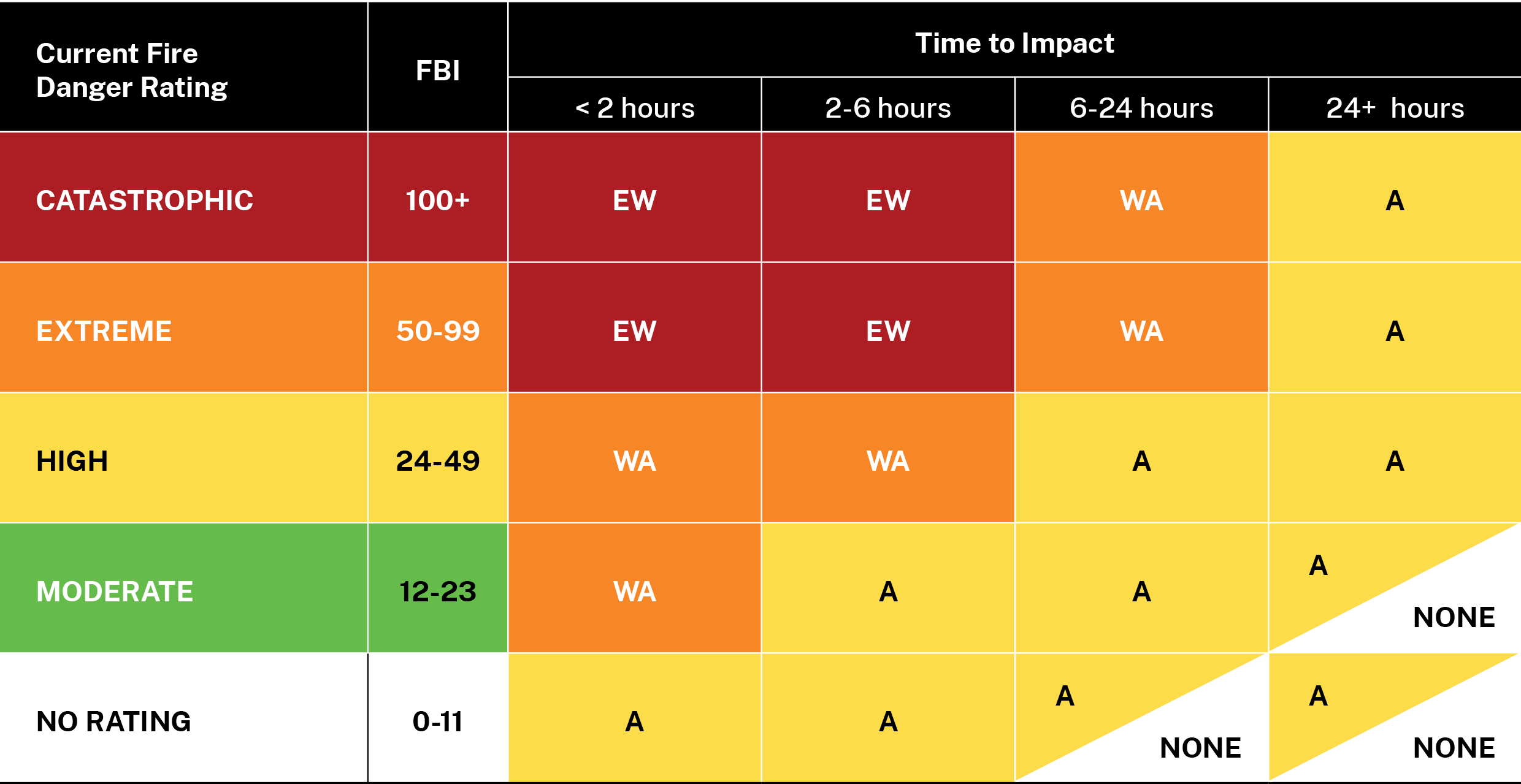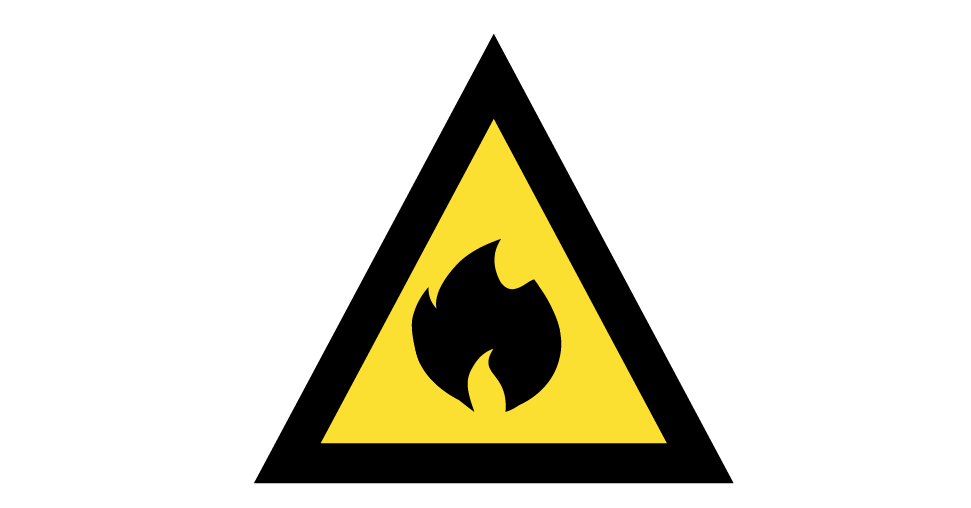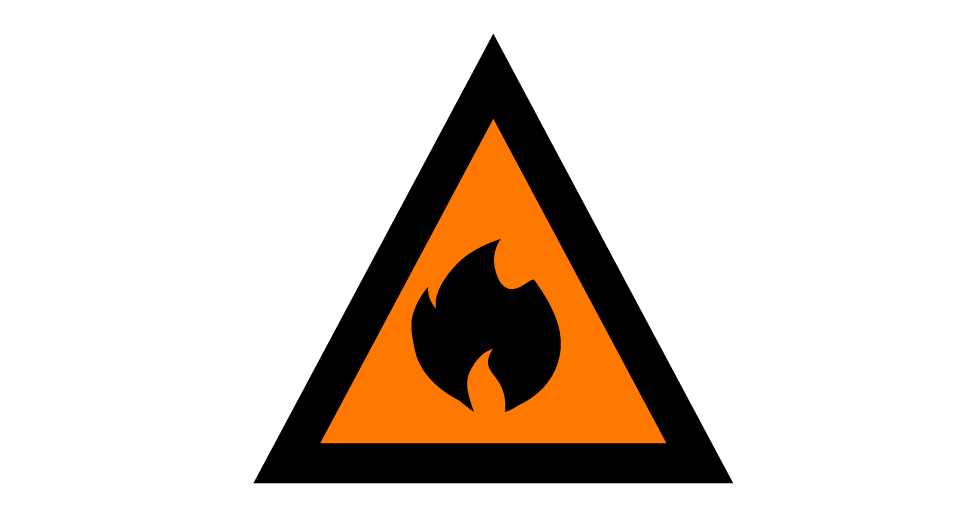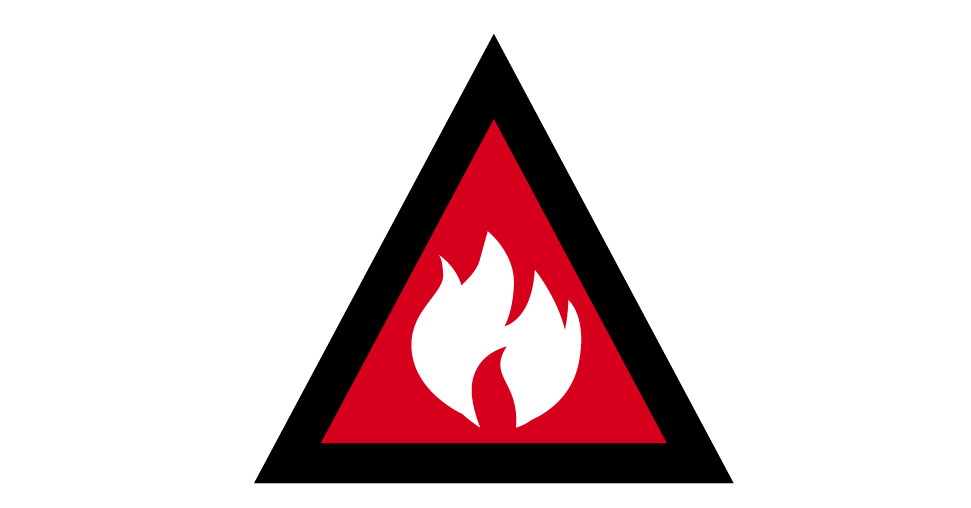Warnings and Public Information
Operational Protocol
Scope
This Operational Protocol must be followed for the consistent delivery of warnings and public information relating to bush fire and other relevant incidents in NSW.
Fundamental Protocols underpin the actions of all NSW Rural Fire Service (RFS) members and must be adhered to at all times. They outline the Principles of being an RFS member and provide guidance on conduct to support the safety and wellbeing of members.
Protocol
This protocol aligns with the nationally consistent approach to bush fire danger ratings, alert levels and warning structure and intends to ensure a consistent approach to the delivery of warnings and public information for bush fire incidents in NSW.
Operational Procedures
- The issuing of a warning to the community is a legislative requirement for the RFS and forms a critical component of emergency management .
- Section 9 Part 1b of the Rural Fires Act 1997, outlines the RFS responsibility: “to issue public warnings about bush fires and bush fire threats in the State for the purpose of protecting life and property.”
- Where an incident is directly threatening or impacting a community, or is anticipated to do so, specific consideration must be given to an official warning.
- The requirement for issuing warnings for bush and grass fires apply regardless of the jurisdiction.
What is a Warning?
For the intent of this protocol, a warning is:
- the process of disseminating a message relating to an imminent hazard (such as a bush fire) that is happening (or about to happen) and is currently or likely to have an impact on the safety of a community (such as the loss of life).
- A description of the impact and expected consequences for communities including advice on what people should do.
For consistency, these types of messages are delivered based on an assessment of:
- Threat area;
- Likelihood;
- Timeframes; and
- Expected community impact.
A warning can be issued for an incident at any alert level and does not necessarily correlate with an Emergency Warning alert level and /or the dissemination of an Emergency Alert (EA). These should be considered as outcomes of the warning process (depicted below).
Other warnings and alerts
While this protocol focuses on formal warnings relating to incidents, the RFS also issues other warnings and alerts for imminent or predicted threats. More generalised alerts or information, such as fire danger ratings (FDR ), total fire bans (TOBANs), and harvest safety alerts; are not considered warnings for the intent of this Protocol.
As an example, a Catastrophic fire danger will generally trigger a broad scale information and warning effort involving a range of communication and warning tools such as media, social media, push notifications through the Hazards Near Me app, Emergency Alerts (EA); and the RFS website .
While these messages are coordinated at a state level, they may be delivered through a range of mechanisms at a local and state level.
Responsibilities
The RFS issues warnings at the request of, and on behalf of, other firefighting agencies, in accordance with this protocol and relevant procedures. Specific responsibilities are outlined below:
Role | Responsibilities | ||
RFS Commissioner / Deputy Commissioners | To issue public warnings about bush fires and bush fire threats in the State for the purpose of protecting life and property. To issue information and messaging regarding pre-emptive threats including, but not limited to, Catastrophic fire danger. | ||
Director State Operations (DSO) / State Operations Controller (SOC) | To issue public warnings about bush fires and bush fire threats in the State for the purpose of protecting life and property, as delegated. | ||
State Public Information Coordinator (SPIC) / State Duty Media Officer (SDMO) - (if State Operations not activated) | Guidance on message construction, wording, and warning tools. To monitor public warnings delivered through agreed channels including the RFS website, media, social media, the Bush Fire Information Line (BFIL), and Emergency Alerts. Coordination of information and messaging regarding pre-emptive threats including, but not limited to, Catastrophic fire danger. | ||
Incident Controller (IC) | To determine the alert level of an incident and identify the requirements for a warning to be communicated. The incident is monitored, and the alert level and call to action adjusted where necessary. | ||
Public Information Officer (IMT) | To assist the Incident Controller (IC) in identifying the requirements for a warning to be communicated, such as through the preparation of a Public Liaison Plan (PLP). | ||
Member | To facilitate the flow of information through agreed processes (such as radio traffic or entry into ICON) to enable the facilitation of information and warnings. | ||
Other Agencies | To ensure appropriate processes are in place for the activation of warnings and public information. To ensure adequate information is provided to allow for the activation of warnings by the RFS. |
The Warning Process
Effective warnings and public information are based on a sound level of community understanding and preparedness. The warning process has a number of stages, as outlined below.

Australian Warning System - Alert Levels for Bush Fires in NSW
There are three levels used for bush fire incidents in NSW, as outlined below:
Alert Level | Community Message |
No Alert Level | In 2024 a change was made to enable ICs to choose against assigning an alert level to a bush fire incident. There is no community message attached to a fire without an alert level. |
Advice
| A fire has started. There is no immediate danger. Stay up to date in case the situation changes. |
Watch and Act
| There is a heightened level of threat. Conditions are changing and you need to start taking action now to protect you and your family. |
Emergency Warning
| An Emergency Warning is the highest level of Bush Fire Alert. You may be in danger and need to take action immediately. Any delay now puts your life at risk. |
More information is available on the Australian Warning System website.
Implementing Bush Fire Alerts in NSW
- Alert levels should be adjusted as the incident or threat to the community changes.
- Alert levels may be used in any order. That is, a fire may be at any level once detected, based on the current fire danger and time to impact.
- Bush fire alert levels are displayed through channels including the RFS website, media, Really Simple Syndication (RSS) feeds (a technology widely used to share web content); and the Hazards Near Me application.
- Alert Level icons and naming (Advice, Watch and Act, Emergency Warning) within alerts must always be used consistently.
Action Statements
Action statements, or ‘calls to action’, give the community clear advice about what to do during an incident. These can be used flexibly across all three warning levels and contextualised according to the incident.
- These action statements are used in Alerts and Warnings on the RFS website, Emergency Alert (EA) messages, social media, and other products where suitable.
- Action statements typically apply to an identified and specified location.
- The below action statements are approved for use by the RFS for all hazards. Note these statements are used interchangeably between alert levels as required:
Advice | Watch and Act | Emergency Warning |
|
|
|
|
|
|
|
|
|
|
|
Assessing the Alert Level
Alert levels are assessed using the Bush Fire Alert Matrix (below) which takes into consideration:
- The current fire danger rating (FDR) or fire behaviour index (FBI) at the time. The forecast FDR or FBI is not used.
- Time to impact – an assessment of how long, under the current and predicted conditions, before the incident impacts on a community.
Bush Fire Alert Matrix

Upgrading and Downgrading the Alert Level
- Alert levels may be upgraded or downgraded (outside of the warning level indicated by the Alert Matrix) by an IC, based on information that is available at the time, including the scale of the threat to the community, availability of resources, or likelihood of the incident being controlled.
- Where an incident is upgraded or downgraded, a rationale is required and entered into the ICON situation report (SitRep).
- A number of other inputs may influence the decision to regrade a warning, including:
- The ICs observations and experience;
- Personal observations;
- Local knowledge;
- Forecasts and predictions;
- Monitoring or prediction technologies;
- Community response;
- Information provided by media;
- Agencies or functional areas; and
- Infrastructure in the area.
- ICs are strongly encouraged to:
- Upgrade incidents where there is expected to be a significant or increased impact on communities or deteriorating weather conditions;
- Monitor and reduce the alert level as the threat eases or is brought under control; and
- Communicate reduced alert levels to the community in a timely fashion (easing undue concern).
Aims and Objectives of Warnings and Public Information
This Operational Protocol is based on the principles of the Australian Warning System which establishes an agreed set of principles and practises guiding the use of warnings in Australia. Further information is available in Appendix One.
All information relating to incidents, especially warnings, should aim to be:
Timely | Issued in a manner which reflects the current situation, as it is understood, allowing people to take the necessary or desired action if required. |
Relevant | Issued with consideration to the warning area and community, including relevant descriptions of the threat and area covered. |
Tailored | Issued using a combination of warning methods and delivery tools, with consideration given to the community’s capacity to receive, understand and respond to warnings. |
- For some incidents, such as fast-moving fires, it may not be possible to issue timely, relevant and tailored warnings, however the overriding priority should be on issuing information or warnings for the protection of life.
Messaging Guidance and Content
The Bush Fire Warning and Alert Messaging Guidelines (available on ICON) provides guidance on standardised messaging (including draft community messaging templates for each action statement) which can be used during an incident. Messages are not prescriptive and should be adjusted where necessary to reflect the information available at the time.
- Message content has been prepared for bush fire incidents and should be adjusted if applying to incidents such as grass or scrub fires.
- At a minimum, messages should:
- Be simple, brief and quickly capture attention;
- Be written in simple language which is free of jargon;
- Contain specific information about locations (including the use of local place names), and direction;
- Contain specific information about the threat (including the type of hazard, timeframes and predicted severity of the incident);
- Be tailored to the community being warned;
- Reflect the information that is available at the time;
- Contain clear information on the recommended course of action for people in the warning area;
- Identify the message disseminator;
- Identify what has changed since the last message, if one has been issued; and
- Clarify when the message will expire or next be updated.
- Where there are limitations with some warning channels, priority should be given on clear advice to members of the community and point to a source of further information (such as the RFS website).
- In some circumstances, there may be a need to issue warnings without detailed assessments of the incident or likely impacts. In these circumstances, the issuing of a warning to reduce the likelihood of loss of life should be an overriding priority.
Naming Conventions
- The naming of incidents is an important consideration which may impact on the community’s understanding of the incident location or severity.
- Incidents are typically named on their point of origin however if an incident spreads and moves over a broader area, the name of the incident should be reconsidered to provide a broader context to the community.
- Name changes should only occur in limited circumstances to reduce community confusion. Other considerations include how long the incident has been occurring and any previous warnings that have been issued.
For alerts and warnings on the RFS website, the name of the incident, Local Government Area, and the main action statement or area affected should be used e.g. EMERGENCY WARNING: Gospers Mountain Fire (Lithgow LGA) - Shelter Now - Bilpin.
Warning Areas
- The RFS has developed a capability to show warning areas through the RFS website and Hazards Near Me application.
- Warning areas are displayed within a map of the incident which shows the area/s for which a warning applies.
- Warning areas will be drawn as part of the major fire update process by the State Public Information Unit when activated or the State Duty Media Officer (SDMO).
- A warning area is to be reviewed each time the alerts and warnings for an incident are published to ensure accuracy and consistency.
- The content of alerts and warnings should reflect, in words, the geographic areas to which the warning applies.
- Warning areas will be primarily used for incidents at Emergency Warning level, however, may be used for incidents at other levels, if required.
Warning and Information Tools
A range of warning and information tools are used in NSW. No single warning method or tool provides guaranteed penetration, reception, or response, and so it’s recommended that a combination of methods and tools should be used.
These include (but are not limited to):
- Emergency Alert (EA) Telephone Warning System;
- RFS website;
- Traditional media (including radio, television, online and newspapers);
- Social Media;
- Face to face (including door knocks or interactions with firefighters);
- Standard Emergency Warning Signal (SEWS);
- Smartphone Accessories/Applications (e.g. Hazards Near Me);
- Third Party Warning Disseminators; and
- Bush Fire Information Line (BFIL).
Details relating to each of the tools and the relevant considerations when using them are outlined in Appendix Two.
Assessing When to Issue a Warning
- Where an incident is directly threatening or impacting a community or is anticipated to do so; specific consideration must be given to an official warning.
- An IC must consider any requirements for the issuing of warnings or other information about an incident.
- The determination of an incident alert level is the responsibility of the IC.
- Where control remains in the field, the IC must be supported by the District Duty Operations Officer (DDOO), the On Call Officer (OCO), or the District Manager (DM) .
- The IC must determine the alert level of an incident as soon as practicable, based on information available at the time.
- The alert level should be refreshed and reissued as required within the following defined timeframes:

- This reassessment occurs through a Sitrep or Situation Update (Situp) through ICON.
Notification and Activation of State Level Warning Systems
Watch and Act
- If the IC determines that the incident is at Watch and Act level, then the IC must contact State Operations (1300 677 737) to advise of a Notifiable Incident .
Emergency Warning
- If the IC determines that the incident is at Emergency Warning level, then the IC (or delegate if IC is in the field) must initiate a State Operations Emergency Warning Conference Call (Red Phone Call) to advise an incident is to be entered at Emergency Warning level.
- Prior to calling the Red Phone, the IC should complete the Emergency Warning and Emergency Alert (EA) Checklist and upload it into ICON.
- State Operations is responsible for maintaining and managing the State Operations Emergency Warning Conference Call.
- The Red Phone Call facility and membership - As a minimum the call will include the IC, the State Operations Controller (SOC), and/or their delegate, and the Public Information Coordinator (PIC), and/or their delegate and may include the Commissioner and Deputy Commissioners.
- This call will initiate the activation of warnings, including via the RFS website, Emergency Alert (EA) telephone warning system, social media, the Bush Fire Information Line (BFIL), and the Standard Emergency Warning Signal (SEWS) if required.
- Pre-emptive warnings may also be established, using clearly defined trigger points for their activation.
Monitoring and Reviewing Alert Levels
When issued, warnings and public information should be continuously reviewed for currency, taking into consideration :
- The appropriateness of the current alert level;
- Fire conditions and fire behaviour at the time;
- The response from the community;
- Operational capacity to control the incident;
- Timeliness of the delivery of warnings and information; and
- Any limitations, such as technology, which may inhibit the delivery of warnings.
The effectiveness of warnings should be continuously reviewed within and post-incident, to identify opportunities for improvement. Refer to the RFS Lessons Management framework as a guideline.
Special Considerations
Cross Border Incidents
- The RFS publishes information for cross-border incidents where fires are burning within 50km of the NSW border in Victoria, South Australia, and Queensland and the Australian Capital Territory.
- These incidents are displayed on the RFS website and the Hazards Near Me NSW application.
- Cross border incidents are reliant on those incidents being generated in the operational systems in the relevant jurisdiction, through a data feed to the RFS.
- The RFS will link to the relevant agency’s website for further information about that incident.
Related Information
- Australian Fire Danger Rating System (AFDRS)
- Australian Warning System
- Bush Fire Alerts and Warnings Messaging Guidelines
- Emergency Alert
- Hazards Near Me
- NSW Bushfire Inquiry
- 2014 National Review of Warnings and Information
- Public Information and Warnings Handbook (AIDR Collection)
- OMP 4.06 Emergency Warning and Emergency Alert Checklist
- Rural Fires Act 1997
- OMP 4.03.01 Notifiable Incidents
Content Owner: Communication Services
Date Approved: 11 Dec 2024
Review Required: 11 Dec 2027
Version: 1.1
If you have any questions or feedback on Operational Doctrine, please email Ops.Performance@rfs.nsw.gov.au.






